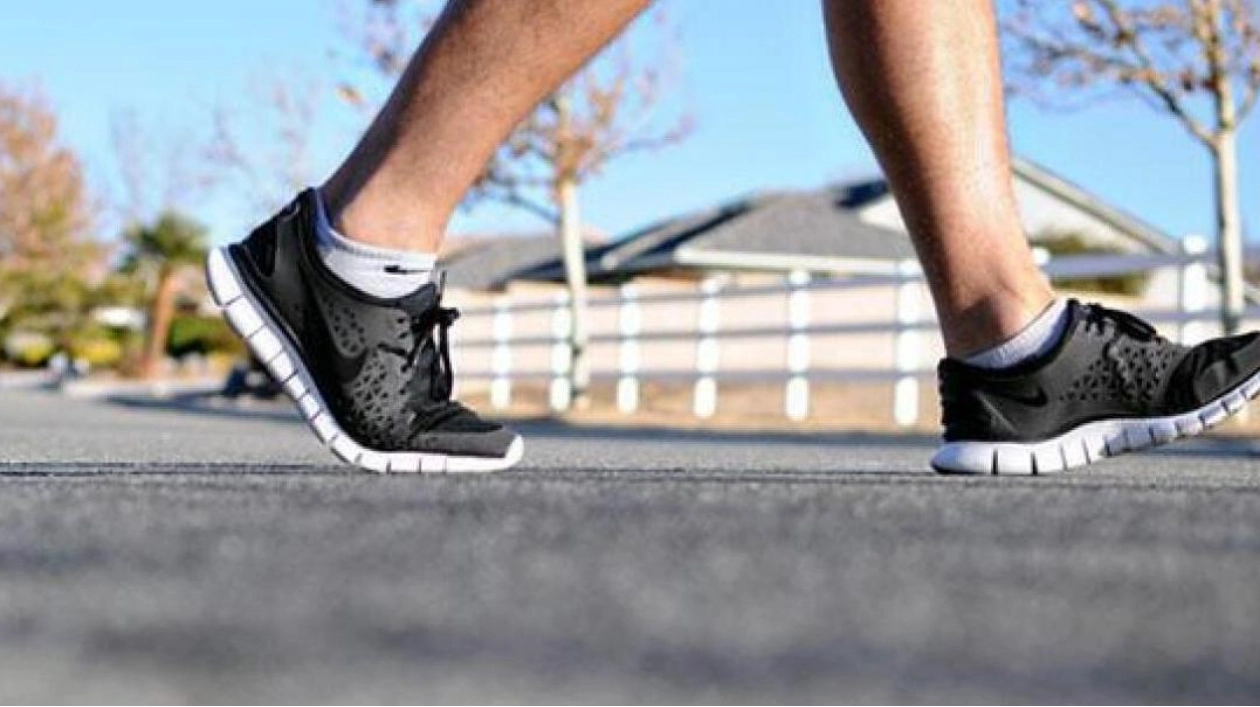After reaching 10,000 steps, do you consider it a day? Or perhaps you know someone who views walking as a form of exercise? Doctors affirm that this activity complements a comprehensive workout plan but should not be the only form of movement for a balanced fitness routine. It is typically not categorized as a sport.
Dr. Mohammed Metwally, a consultant Orthopaedic Surgery at Medcare Royal Speciality Hospital in Al Qusais, explained to Khaleej Times that sports generally involve higher physical exertion, competition, and specific rules. He stated, "Walking is a superb low-impact exercise that can be performed at various intensities and is accessible to most individuals. Certain types of walking, like brisk walking, interval walking, hill walking, and Nordic walking, offer enhanced health benefits."
Dr. Metwally strongly recommended combining walking with other exercises. "Incorporating strength training, flexibility exercises, and high-intensity interval training will result in a well-rounded fitness regimen," he added.
Dr. Matilde Valade, an osteopath at Wellth, discussed whether regular walking qualifies as a sport. She observed, "Sport is characterized by physical activity, rules and regulations, competitive nature, and an organized structure." If walking adheres to these criteria, it can be considered a sport, she noted, emphasizing that walking provides a range of health benefits comparable to more intense activities.
Research indicates that moderate-intensity walking offers benefits similar to high-intensity running. Dr. Valade also mentioned specific types of walking that yield greater health benefits, such as brisk walking, power walking, race-walking, Nordic walking, hill walking, interval walking, treadmill walking, and walking with weights.
For a comprehensive fitness routine, it is advisable to mix regular walking with other exercises. A balanced routine should encompass cardio activities like walking, running, and swimming; strength training with resistance bands or bodyweight exercises; flexibility exercises such as yoga and stretching; and balance and coordination exercises.
Despite this, walking remains a beneficial activity. Dr. Metwally outlined its advantages: it enhances heart and lung function, reduces the risk of heart disease and stroke, aids in blood pressure management, helps burn calories for weight control, strengthens bones and muscles, decreases the risk of osteoporosis and joint issues, alleviates stress, anxiety, and depression symptoms, improves mood and overall mental well-being, regulates blood sugar levels, enhances insulin sensitivity, and improves flexibility, balance, and coordination, thereby reducing the risk of falls, particularly in older adults.






